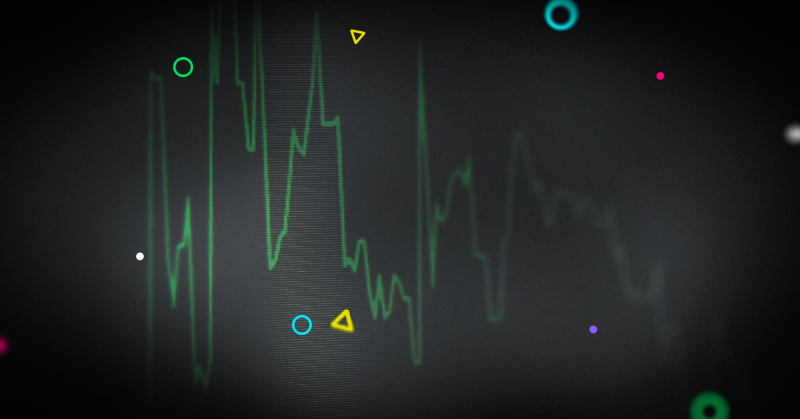What is DeFi? How does it work? Through modern technology, most processes have been made more accessible, efficient, and safer. Financial systems have transformed to ensure that services are more secure, efficient, and transparent than centralized systems.
This has led to decentralized finance (DeFi), a global financial ecosystem accessible to everyone at an affordable cost. It consists of a list of applications, products, and services designed with fully decentralized blockchain networks.
How DeFi Works
DeFi is developed and run through blockchain and cryptocurrency technology. Blockchains such as Bitcoin or Ethereum are code financial collections stored in different locations as chains of blocks. To decentralize the chain, the data is stored in various computers worldwide and can be accessed or altered by different users simultaneously.
The transparency of blockchain data is enhanced through the availability of a public ledger where data cannot be altered or unlinked. Also, transactions can only be completed if verified and recorded by adding a new chain of blocks by users of similar blockchains.
Through applications such as UniSwap and BeefyFinance, DeFi processes such as investing, lending and borrowing are accessible without intermediaries. To ensure the process is accessible and efficient, DeFi services are available on smartphones and the internet.
Common Use Cases of DeFi
The most common use cases of DeFi include Bitcoin (BTC), Ethereum, and Binance Smart Chain (BSC). Bitcoin, which is the oldest, was introduced as a digital asset in 2009. The introduction of Ethereum revamped the DeFi world completely as its blockchain can be programmed to make new products and services.
Later, BTC was introduced as a peer-to-peer digital money application developed through blockchain technology. It was designed with characteristics relating to Ethereum but has grown tremendously in size and ability due to its efficiency and lower transaction fees.
The whole process of decentralization has been made possible through the Smart Contracts Function used to verify nearly any digital asset without the need of any intermediaries such as the government or banks.
Common DeFi dApps and Protocols
- E-Wallets such as TrustWallet, MetaMask
- Decentralized Exchanges
- Stablecoins
- Non – Fungible Tokens (NFT) such as OpenSea, Binance Marketplace
- Flash Loans
- Yield Farming such as compound
Risks and Downsides to Decentralized Finance
Being at its initial growth stages, DeFi is still highly vulnerable and at risk of hacks and theft. If code is left unfinished, it can lead to high possibilities of hacks resulting in great user losses. Additionally, the system does not provide protection and refunds in case a transaction fails.
Being still new, most people have not adapted to DeFi and are still afraid of using it mainstream. Although BSC has grown in functionality and offers users a degree of centralization for higher speeds and affordability, such services increase user volatility.
Nonetheless, users can still control their volatility levels through their private key. To ensure safety, a private key should not be shared. Sharing of the private key is the main cause of fraud within the DeFi sphere. Also not that once the private key is lost it cannot be recovered. This is seen as one con of decentralization.
Final Thoughts
Over the years, centralized financial institutions have over-exercised control over different money transactions. Once DeFi was introduced the financial world has seen improved accessibility, transparency, and efficiency. DeFi has also transformed financial systems and made services easily accessible for everyone giving users the power to transact comfortably and retain great profit rates.






